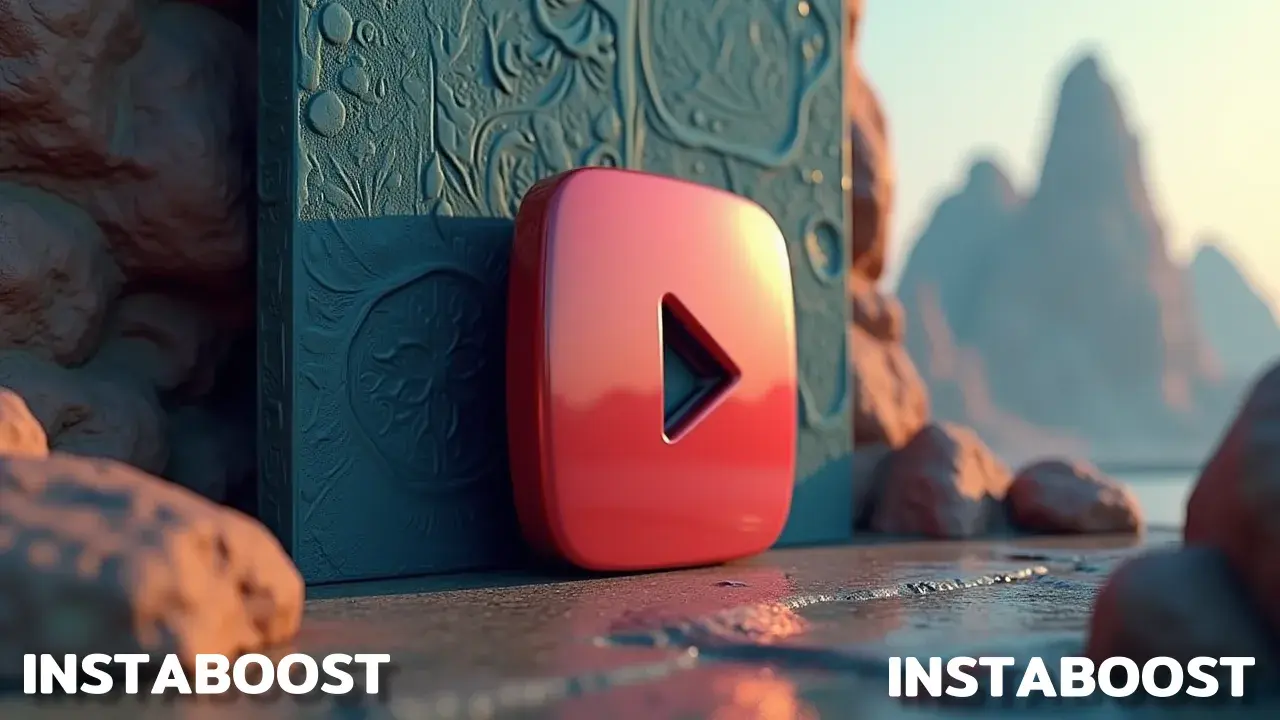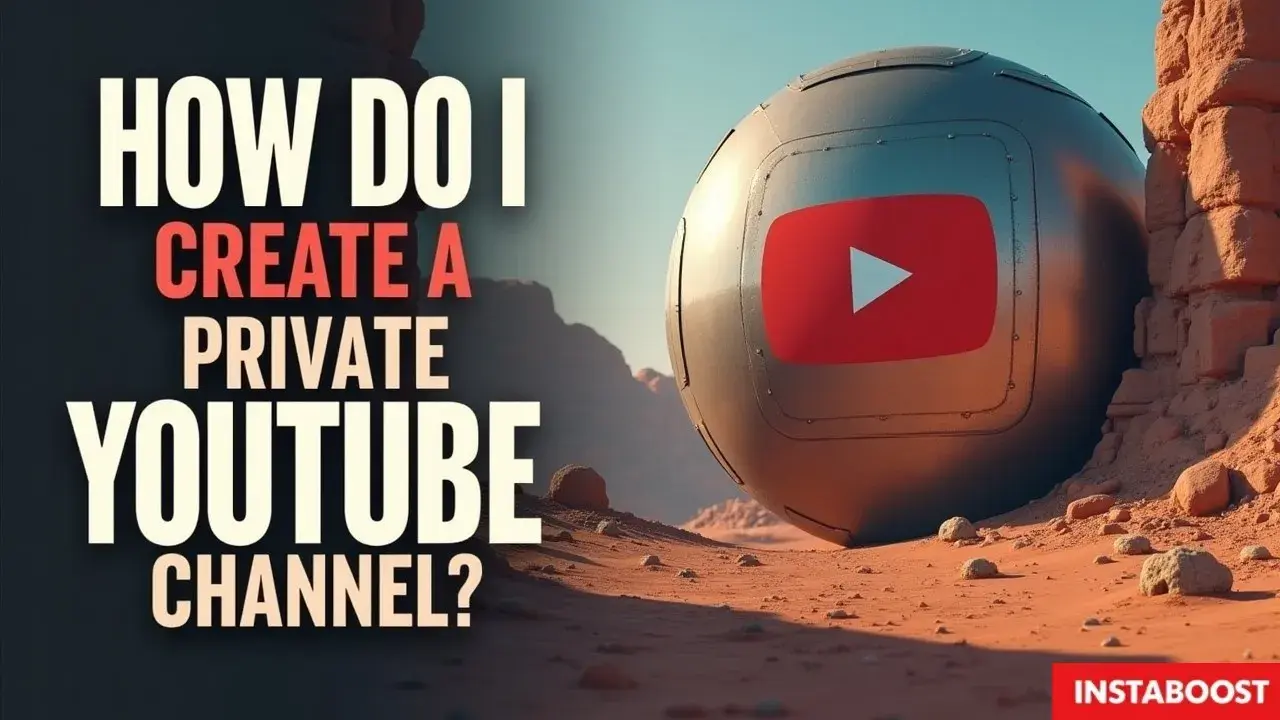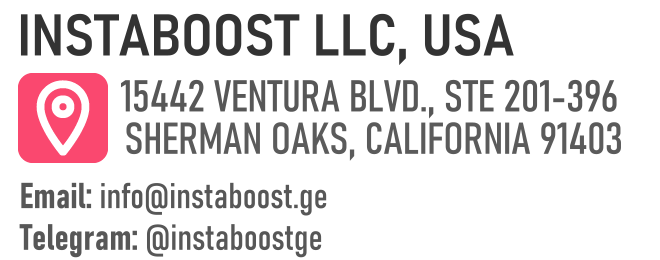How Do I Create a Private YouTube Channel?
Creating a private YouTube channel means sharing videos only with people chosen in advance. Set videos to private or unlisted to control access, then invite trusted viewers to test topics and provide early feedback. This approach helps pace uploads and often yields clearer metrics in the first week, including stronger watch time holds. Use these signals to refine content and build toward consistent uploads and reliable growth.
Why a Private Channel Is a Strategic Starting Point
If you’re looking into a private YouTube channel, you’re likely aiming to share with a select group – clients, classmates, a core team, or a small community – rather than the whole internet. That’s a smart way to keep control, get clean analytics, and gather feedback without the noise of public discovery.
YouTube gives you two simple privacy levers: unlisted, where anyone with the link can view, and private, where only specific Google accounts can watch. Both are useful as a test bed for topics, thumbnails, and pacing before you scale. The key is pairing privacy with intent. Invite qualified viewers who reflect your ideal audience, ask for real comments, and track retention curves on a per‑video basis so you can see where attention drops.
YouTube gives you two simple privacy levers: unlisted, where anyone with the link can view, and private, where only specific Google accounts can watch. Both are useful as a test bed for topics, thumbnails, and pacing before you scale. The key is pairing privacy with intent. Invite qualified viewers who reflect your ideal audience, ask for real comments, and track retention curves on a per‑video basis so you can see where attention drops.
A private setup also makes targeted promotion safer. Share links in vetted email lists, Slack groups, or with creator collaborators who can pressure‑test your message – while keeping early iterations off the public record. If you plan to monetize later, this is not a dead end. It’s a calibration phase that can speed your path to 1,000 subscribers when you switch to public, because your work will be shaped by data and genuine reactions. Treat it like a soft launch with safeguards. Use playlists to guide viewing, add clear titles for context even in private mode, and keep a simple testing loop – upload, watch‑time check at 24 – 72 hours, tweak, re‑share.
Paid accelerants can help when matched to quality and fit. A small, reputable audience panel or targeted outreach can create early momentum without polluting your metrics, and you’ll be better positioned to grow your YouTube audience once you move from private to public. Bottom line: privacy is not about hiding. It’s about sequencing so that when you go public, your channel lands with focus and proof.

Why My Advice Actually Works (Receipts, Not Vibes)
There’s a quiet reason the best strategies don’t go viral: they run on boring, repeatable mechanics you can verify, and a private YouTube channel is one of those mechanics. I’ve run launches where private and unlisted videos produced cleaner retention curves, fewer bot comments, and tighter A/B tests than public uploads buried in noise. That’s the credibility you want – results tied to signals that matter, like watch time, completion rate, and comment quality, not vanity views. If you’re choosing between unlisted and private, decide based on control. Use unlisted for broader pilots and shareable feedback loops, and private when access needs to be permissioned and traceable to named Google accounts.
This is not theoretical – private mode limits who can distort your metrics, so retention drops reflect real behavior, not link-leak churn. When you add targeted promotion through a reputable email list or a vetted Slack community, your early momentum stays clean, and you see which hooks hold at the 30-second mark. Pair that with creator collabs inside your closed group and your comments read like product notes, not hype. If you use paid accelerants, run small, qualified test buys to validate thumbnails and titles; I ignore cheap vanity schemes and keep experiments anchored to baselines rather than chasing things like authentic subscribers for YouTube as a proxy.
Measure against baseline holds, not CTR alone. This is how you build toward the public flip – refine topics, get consistent uploads, and step out only when the private watch-time pattern holds over three consecutive videos. A private channel works when it’s part of a tight testing loop – clear invites, session-level retention reviews, and a short survey link in the description. That’s how you protect brand equity now and compound trust later.
Map Your Private-to-Public Testing Loop
Strategy is clarity in motion. Pick one verifiable objective for your private channel and optimize for it before anything goes public – maybe a 60% average view duration on a 5-minute video or a 30% end-card click-through to a form. Then build the loop. Use unlisted links when you want broader access with light friction, and switch to private invites when you need to know exactly who watched and keep the analytics clean. Share each upload with a small, relevant cohort – clients for solution fit, classmates for clarity, internal stakeholders for messaging – so the feedback ties directly to the outcome you’re measuring.
Keep a steady cadence: two test cuts a week, a 48-hour feedback window, one iteration max, then either advance the piece or shelve the idea. Read the retention graph to spot drop-off points, rewrite the intro to set stakes in the first 10 seconds, and trim dead air around transitions. Keep comments high-signal by asking specific prompts like where they paused and what they would remove, and pin those prompts so they lead the conversation. If you accelerate with paid inputs, use reputable, well-matched placements or creator collaborations in your niche – the goal is signal, not scale, and remember that tactics such as buy targeted YouTube likes won’t replace cohort-fit validation or improve narrative clarity.
Track watch time, completion rate, and comment quality as your north stars, not vanity views. When a video clears your threshold across two distinct cohorts, move it from private to unlisted, then publish with confidence and add a small, targeted promotion to validate at scale. That’s how a private YouTube channel becomes a growth engine – a repeatable testing loop that turns clean analytics into videos you can ship, measure, and monetize as you work toward the 1,000-subscriber milestone.
Resist the Public-First Reflex
It’s okay to pause, even if the algorithm pushes you to post. A private YouTube channel isn’t hiding. It’s a controlled lab where signal beats noise. If your reflex is to ship public for momentum, ask what kind you want. Views from mismatched viewers dilute watch time and comment quality, which makes later decisions expensive. When you gate access – private shares for exact attribution, unlisted links for light friction – you protect the retention signals you’ll need when you scale.
This isn’t anti-growth. It’s sequencing. Early momentum works best when it comes from cohorts who mirror your intended audience, so your completion rates and end-card clicks reflect fit, not curiosity. Bring in reputable accelerants when the measurement scaffolding is ready – a small ad set targeted to a lookalike of your testers, a creator collab with aligned viewers, or tools that support content reach with real views without clouding attribution – a short trial of a captioning tool that improves clarity.
Broad boosts with vague targeting can work when the goal is wide awareness, but they muddy analytics and force guesses. The smart path is clean analytics paired with tight objectives – 60% average view duration on a 5-minute explainer before you widen reach, or a 30% click-through to a form before you iterate the hook. That testing loop compounds. Each upload sharpens topic selection, thumbnail framing, and pacing, so when you flip public, you’re not hoping the algorithm likes you – you’re feeding it videos already vetted for watch time. If your goal is 1,000 YouTube subscribers and real monetization, this discipline accelerates the right kind of growth – early subscribers who return, real comments that guide edits, and retention patterns that hold up when you add targeted promotion.
Ship Quiet, Then Scale with Intent
It’s your turn to do the uncomfortable part. Pick a public launch date with clear criteria and hold yourself to both. If your private-to-public testing loop hits the mark – say a 60% average view duration on a five-minute walkthrough and at least five substantive, on-topic comments from invitees – set the video to public and pair it with a targeted promotion window so the first 48 hours send clean retention signals. Use unlisted links to seed early momentum through creator collabs or a small newsletter segment. Switch to private invites when you need to confirm who watched so your analytics aren’t muddied by curiosity clicks.
If the numbers miss, treat it as a cue to reshoot hooks, tighten intros to under 20 seconds, or rework end-cards until they pull. Treat paid boosts as accelerants, not crutches. A modest, well-targeted campaign from a reputable source matched to viewer intent can validate your hook, while broad, cheap traffic will fog watch time and comments. Keep a release rubric tied to your objective – view duration, end-card CTR, or form fills – and move only when two consecutive uploads meet it. That rhythm keeps your private YouTube channel from turning into a bunker and makes it a staging ground for public wins. When you flip the switch, carry over the safeguards: a pinned comment to steer discussion, chapters for clarity, and a clear CTA that mirrors what worked privately; if you’re sanity-checking distribution levers, consider how spread awareness using YouTube shares interacts with your early retention patterns. The quiet upside is compounding. Early cohorts train your instincts, and those instincts travel as you scale, making each public upload more likely to earn real comments, stronger retention, and the kind of watch time that pulls you toward 1,000 subscribers without risking clean analytics.
Treat Privacy as a Growth Lever, Not a Hiding Place
A private YouTube channel works when you treat it like a controlled lab with tight access, clean analytics, and a plan to flip the switch. Set guardrails that match your intent by deciding who sees what, why they’re invited, and what signal you need before promoting. Use unlisted shares to build early momentum with collaborators and small, relevant lists instead of blasting generic audiences, so retention signals stay clean and comments stay on topic. Pair your testing loop with lightweight instrumentation. Track average view duration, pause points, and comment specificity, then change one variable at a time – thumbnail, hook, or pacing – so you can attribute lift.
If you’re using paid accelerants, favor reputable placements and narrow targeting over broad reach, and remember that bundling exposure isn’t a strategy if it muddies attribution or audience fit any more than get likes, views, and shares in one captures what actually moves retention. A short, targeted promotion window around your public launch can prime the first 48 hours without muddying watch time. Creator collabs fit well here. Lend each other qualified viewers, trade feedback, and co-own a clear outcome. Keep the upload cadence steady in private so the algorithm has a pattern to ingest once you go public.
Consistency compounds. When your criteria are met, publish with intent and keep your private cuts archived for future A/Bs or member perks. The surprise upside is that privacy can speed the road to 1,000 YouTube subscribers because your first public bursts are matched to viewers who actually finish videos and leave real comments, which nudges recommendations in your favor. This isn’t hiding. It’s sequencing – test privately, launch decisively, and let every view teach you what to make next.















